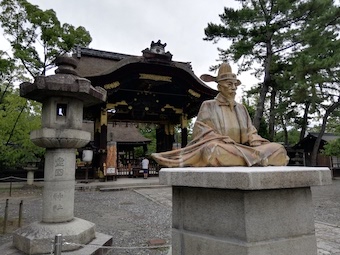When Joseph Longford first went to Japan, in 1869, he found a land of romance, a feudal society unchanged for centuries. Unhurried dignity ruled in Tokyo’s streets, through which the aristocracy (who still held their lands, and ruled them as they pleased) were carried upon litters while their serfs made way, bowing low before them.
When Longford left in 1902, everything in Japan had changed. From a society akin to mediaeval England, it had become a modern industrial society of noisy trams and factories. Yet Japanese character was not greatly changed from the ancient days when invaders had been put to flight: a welcome omen in the early years of the Great War.
111 words



